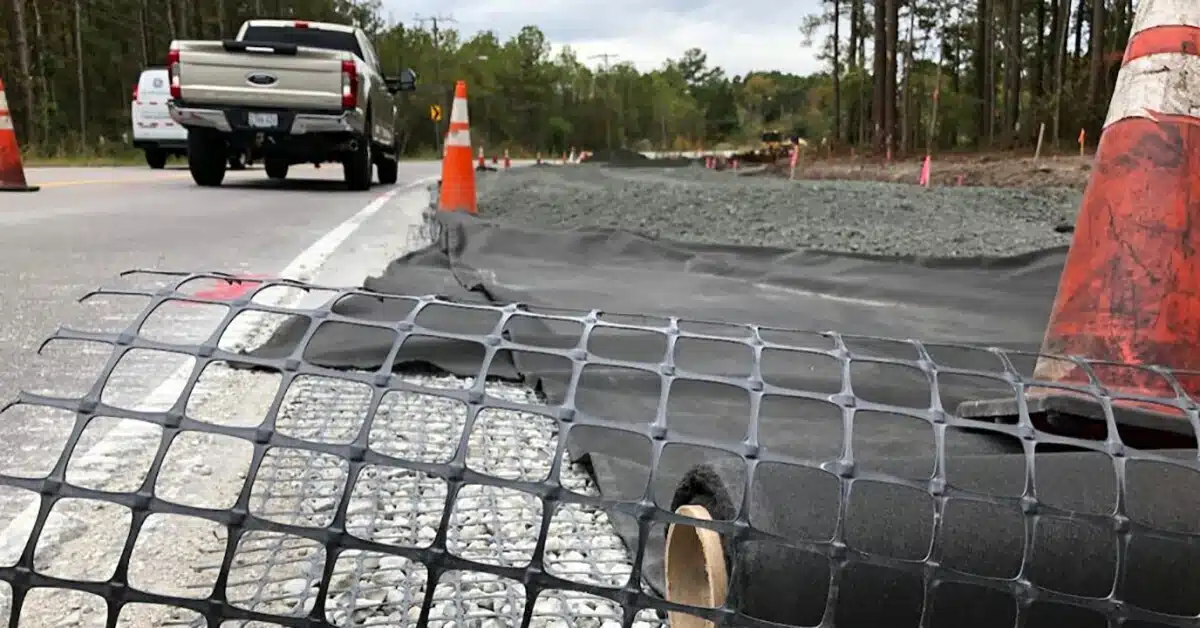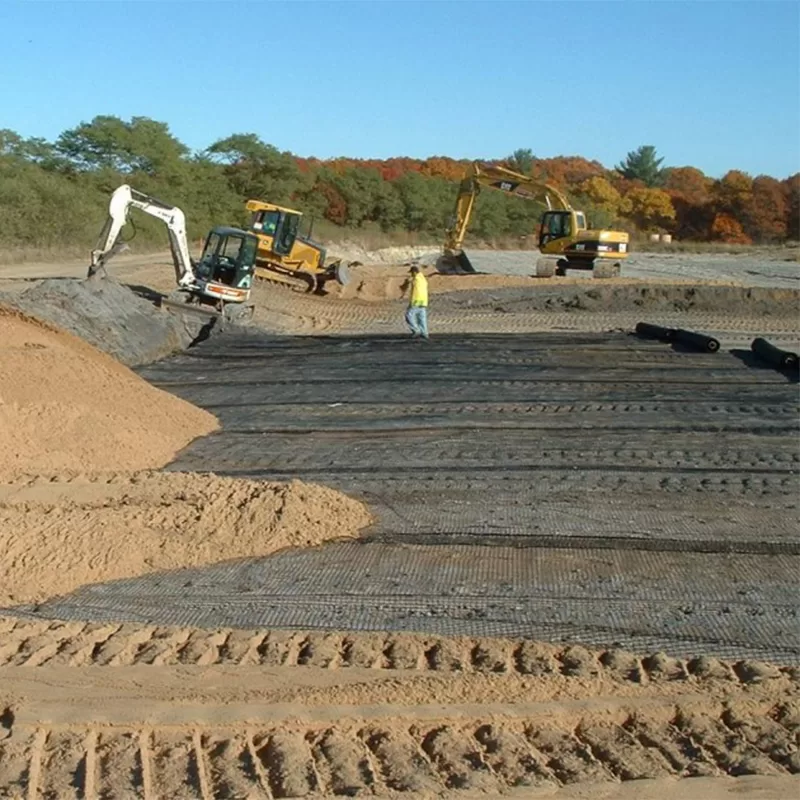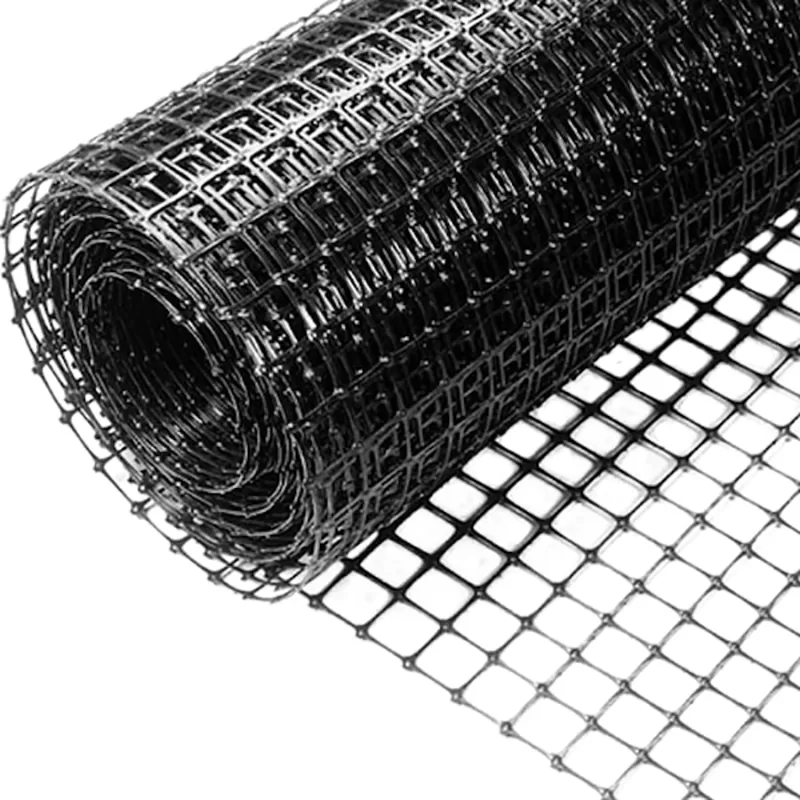+86-159 9860 6917
info@geofantex.com
geofantex@gmail.com
+86-400-8266163-44899
Geosynthetics have become integral components in modern road construction, significantly improving the durability, stability, and overall performance of roads. These synthetic materials, which include geotextiles, geomembranes, geogrids, and more, are engineered to address various challenges in road construction, such as soil stabilization, drainage, and erosion control. The use of geosynthetics not only enhances the longevity of roadways but also reduces maintenance costs and environmental impacts. This article explores the different types of geosynthetics used in road construction, their benefits, and their specific applications in pavement design.
What Are the Geosynthetics for the Road?
Geosynthetics for road construction encompasses a range of materials, each serving distinct purposes, including subgrade separation and stabilization, base reinforcement, overlay stress absorption, and overlay reinforcement. The most commonly used types include:
| Geotextiles | These permeable fabrics are used for separation, filtration, and reinforcement of the soil, preventing the mixing of different layers and enhancing road stability. |
| Geogrids | Designed for soil reinforcement, geogrids improve the load-bearing capacity of the road by distributing the weight more evenly across the surface. |
| Geomembranes | These impermeable liners are used for waterproofing and preventing water infiltration into the road structure, protecting it from damage caused by moisture. |
| Geocells | Three-dimensional structures used to confine and stabilize soil, particularly on slopes and embankments. |

What Are the Advantages of Geosynthetics in Road Construction?
The use of geosynthetics in road construction offers numerous advantages:
- Increased Durability: Geosynthetics enhance the structural integrity of roads, reducing the risk of cracks, potholes, and other forms of deterioration. They improve the bearing capacity of the soil and make the roads stronger and more reliable.
- Cost Efficiency: By reducing the need for frequent repairs and maintenance, geosynthetics lower the overall lifecycle cost of road projects.
- Environmental Protection: Geosynthetics help control erosion and drainage, minimizing road construction’s environmental impact.
- Improved Load Distribution: Geosynthetics such as geogrids distribute traffic loads more effectively, preventing road surface deformation and extending the pavement’s lifespan.
What Are the Uses of Geosynthetics in Construction?
Beyond road construction, geosynthetics have a wide range of uses in the construction industry:
- Soil Stabilization: Geosynthetics reinforce weak soils, making them suitable for supporting structures like buildings, bridges, and roads.
- Erosion Control: Used in retaining walls, embankments, and slopes, geosynthetics prevent soil erosion and landslides.
- Waterproofing: Geomembranes are used to create barriers that prevent water seepage in landfills, reservoirs, and building foundations.
- Drainage Systems: Geotextiles and drainage composites are essential for filtration, separation, and water movement, facilitating efficient water flow in various construction applications, and preventing water buildup and associated damage.
What Are the Uses of Geosynthetics in Pavement Design?
In pavement design, geosynthetics play several crucial roles:
- Subgrade Stabilization: Geosynthetics provide reinforcement, preventing the migration of soil particles and enhancing the load-bearing capacity of the pavement.
- Separation Layers: Geotextiles act as separation layers between different soil types, ensuring the integrity of the pavement structure and contributing to overall reinforcement, separation, and filtration within the system.
- Drainage: Geosynthetics facilitate proper drainage within the pavement system, aiding infiltration and water movement, which prevents water accumulation and reduces the risk of pavement failure.
- Reflective Crack Control: Geosynthetics help to mitigate reflective cracking in asphalt overlays, prolonging the pavement’s service life.
Geosynthetics have revolutionized road construction by providing innovative solutions to common challenges such as soil stabilization, drainage, and erosion control. Their application not only improves the durability and performance of roads but also offers significant cost savings and environmental benefits. Understanding the various types of geosynthetics, their advantages, and their specific uses in construction and pavement design is essential for anyone involved in infrastructure development. By incorporating geosynthetics into road construction projects, engineers can ensure longer-lasting, more resilient, and sustainable roadways.



Get Free Sample
We’ll respond as soon as possible(within 12 hours)






















